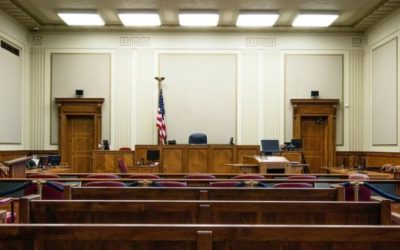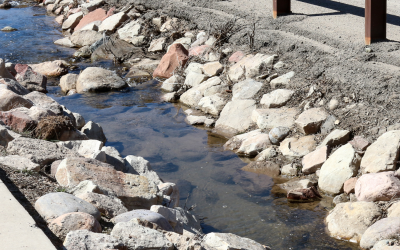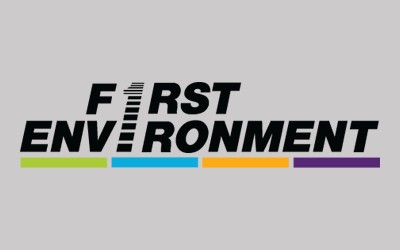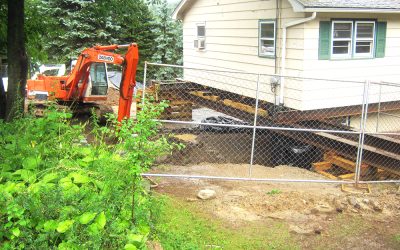Radiative Forcing: Your Questions Answered
What is radiative forcing?
Simply put, it is a measure of how much heat is trapped in a specific area at a specific time. As compared to global warming potential, radiative forcing lets us consider local effects of climate forcers like smoke, land-use changes and residual emissions that contribute to climate change. Technically, radiative forcing is the measurement of capacity of a gas or other forcing agent to affect the energy balance of the planet, thereby affecting climate change (positively or negatively). It is measured in watts (i.e., Joules/second) over every square meter of the earth, or W/m2.
Why is radiative forcing important?
Unlike carbon dioxide (CO2), radiative forcing is directly linked to excess heat in the atmosphere. Because excess heat can be absorbed by the oceans, radiative forcing becomes a leading indicator of climate change potential. Even if the amount of atmospheric CO2 levels off or decreases, oceans will continue to release excess heat, fostering future climate change. Current mean global temperature is thus a lagging indicator of climate change potential.
A good analogy is heating a pot of water – measuring radiative forcing is analogous to measuring the amount of heat applied to the bottom of the pot. The pot will not boil immediately after turning on the stove, and the water (the ocean) will continue to let off heat even after the stove is turned off. Radiative forcing gives a better picture of current as well as future climate change impacts.
What do scientists say about climate change and radiative forcing?
Recent reports from the Intergovernmental Panel on Climate Change (IPCC) describe how crucial it is to keep global average temperatures within 1.5 degrees Celsius of pre-industrial levels to avoid runaway warming effects. When considering climate stabilization, it’s important to understand and measure radiative forcing to plan critical near-term actions to reduce future excess heat in the atmosphere.
What global efforts are currently underway to address radiative forcing and climate change?
The Task Force on Climate Change Coordination was established by the International Organization for Standardization (ISO) in 2014 to enhance climate-related efforts worldwide through collaboration and guidance in standards. There is an effort underway in ISO to standardize the radiative forcing accounting methodology, derived from the IPCC’s Fifth Assessment Report. This new draft guidance standard (called ISO 14082) is aligned with existing ISO climate change standards to ensure continuity. The draft guidance also relies on IPCC reports as informative references to ensure that it is based upon the most up-to-date science available.
What is First Environment’s role in the international effort to standardize a radiative forcing ISO protocol?
Dr. Tod Delaney, President of First Environment, convenes ISO’s Task Force on Climate Change Coordination and is the convener of the working group that is drafting the guidance standard for radiative forcing accounting. The guidance standard will provide greater transparency about the factors influencing our climate, improved metrics, and new insights to prioritize mitigation actions that can efficiently and cost-effectively stabilize the climate.
What is the expected timetable for the radiative forcing draft standard process?
The current draft guidance standard is targeted to be published in December 2020. Throughout the 24-month development period, the document will go through many rounds of rigorous review by international experts. Once finalized, this draft guidance standard will be available for use globally by countries and other organizations who may want to incorporate radiative forcing protocols in future regulations or standards of their own.







